Where did Walker Evans, an iconic 20th Century photographer, find his inspiration?
Prose and Poetry to Photographs — an introductory chapter of WALKER EVANS: STARTING FROM SCRATCH summarizes Walker Evans’ approach to creating art from his first loves—writing and literature. Evans is quoted as saying he admired Flaubert’s style of dispassionate portrayal of his subjects. Evans like Flaubert, described his characters from a voyeuristic perspective. His point de vue de l’artiste was to not have a point of view, and to not influence his subjects but show them as he found them. He photographed people in their homes, doorways, and on the streets. Sometimes Evans hid his camera or took shots without people being aware that he was photographing them to capture his subjects in their element. He took many photographs of people in poverty during his tenure with the Farm Security Administration (FSA) standing on their porches, some wearing threadbare, ill-fitting garments. He photographed a prostitute in Cuba staring out of a window with the same dispassion as the share-cropping family posing in Alabama. With a similar aim of keeping his POV out of the frame, he created his famous headshots from the New York subway.
Evans literary frame went beyond Flaubert to Baudelaire, whom he said he felt akin to spiritually. Poet Baudelaire was a romantic. You too might be intrigued by book’s clarification that, unlike many romantics of his day, Evans did not photograph landscapes. Evans’ work is devoid of nature, except as a backdrop. Like Baudelaire, Evans shared a disdain for modernity, which we see clearly in his photographs documenting old equipment such as his series of wagons.
It was that same spirit of romanticism, we learn in this book, that motivated Evans at times to seek to dissolve into the background. After he persuaded his father to pay for him to spend a year in France, he adopted a Parisian accent, dressed as a local, and hung out with French people steering clear of the Americans that had taken up residence in Paris. Evans wanted to be part of the Parisian landscape rather than distinguish himself as a foreigner on holiday with New World perspectives.
WALKER EVANS: STARTING FROM SCRATCH Gives us a History in Pictures
In WALKER EVANS: STARTING FROM SCRATCH, Alpers captures Evans’ oeuvre from the beginning to end. The book is written in chronological order documenting periods of his life, as well as the history of the early to mid-20th Century. We meet Evans as an artist who began photographing in 1928 when virtually all photographers were self-taught by necessity, as photography was so new there were no schools with programs to learn its skills. Common to many photographers of his era, he worked during the Great Depression with the FSA, had magazine assignments, provided photographs for books and as his popularity increased, and lectured at well-known American universities.
This writer especially enjoyed the author’s perspective on Evan’s work with the FSA capturing the Jim Crow South. Some readers may be troubled however by Alpers’ descriptions of blackface from Evans’ Minstrel poster photographs and her account of blackface and White audiences’ appreciation of Black entertainers in America.
Svetlana Alpers, the author, has included more than 143 pages of Walker Evans’ photographs. Alper’s includes an analysis of Evans use of focal point. A short focal point, Alpers avers, was part of Evans’ perspective on his subjects.
To give us perspective on what influenced Evans’ work, the author has also included plates from Atget, a 19th Century French Photographer, whom Evans admired. And, to contrast with Evans’ work, she has included other well-known photographers such as Dorothea Lange. Cezanne prints are used to describe and compare Evans’ spatial compositions between figures. Alpers also documents Evans’ relationships with other artists from his era such as Mabry and Hemmingway.
This 213-page book provides depth and breadth about Evans’ work. While it is not a coffee table book, there are hundreds of Evans’ photographs to contemplate. Readers, like this author, who are curious about what drove Walker Evans to create, and to learn about what influenced him and what distinguishes him from other 20th Century photographers as it evolved will no doubt enjoy WALKER EVANS: STARTING FROM SCRATCH. We get a very comprehensive record of his work along the way.
RECOMMENDED
Nominate this for The Picture This Post BEST OF 2020???
Click Readers' Choice
Vote Securely! Vote Privately! And Make Your Vote Count-- as all voting should be!!
$39.95
For more information or to purchase a copy visit the Princeton University Press webpage for WALKER EVANS: STARTING FROM SCRATCH WALKER EVANS
Images Courtesy of WALKER EVANS
Slider Photo Credits:
15.Wagonload of Cotton near the Gin, Vicinity Moundville, Alabama, 1936. Film negative, 35mm. Library of Congress, Prints & Photographs Division, FSA/OWI Collection, LC-USF33-031333-M3
60 New Orleans Houses, 1936. Film negative, 5 × 7 in. or smaller (12.7 × 17.8 cm). Library of Congress,
Prints & Photographs Division, FSA/OWI Collection, LC-USF342-008060-E
63 Company Houses for Miners, Vicinity Morgantown, West Virginia, 1935. Film negative, 8 × 10 in. or smaller (20.3 × 25.4 cm). Library of Congress, Prints & Photographs Division, FSA/OWI Collection, LC-USF342- 000856-A
71 Legionnaire, Bethlehem, Pennsylvania (detail), 1935. Film negative, 35mm. Library of Congress, Prints
& Photographs Division, FSA/OWI Collection, LCUSF33- 009026-M2
79 Street in the Negro Quarter, New Orleans, Louisiana, 1936. Film negative, 8 × 10 in. or smaller (20.3 ×
25.4 cm). Library of Congress, Prints & Photographs Division, FSA/OWI Collection, LC-USF342-001282-A
80 Sidewalk Scene, Selma, Alabama, 1935. Film negative, 8 × 10 in. or smaller (20.3 × 25.4 cm).Library of Congress, Prints & Photographs Division, FSA/OWI Collection, LC-USF342-001141-A
82 Negroes’ Houses, Outskirts Tupelo, Mississippi, 1936. Film negative, 8 × 10 in. or smaller (20.3 × 25.4 cm). Library of Congress, Prints & Photographs Division, FSA/OWI Collection, LC-USF342-008030-A
86 Negroes’ Church, Vicksburg, Mississippi, 1936. Film negative, 8 × 10 in. or smaller (20.3 × 25.4 cm). Library of Congress, Prints & Photographs Division, FSA/OWI Collection, LC-USF342-008071-A
87 Street Scene, Vicksburg, Mississippi, 1936. Film negative, 8 × 10 in. or smaller (20.3 × 25.4 cm). Library of Congress, Prints & Photographs Division, FSA/OWI Collection, LC-USF342-008076-A
89 Ante-Bellum Plantation House, Vicksburg, Mississippi, 1936. Film negative, 8 × 10 in. or smaller (20.3 × 25.4 cm). Library of Congress, Prints & Photographs Division, FSA/OWI Collection, LC-USF342-008052-A
91 Battlefield Monument (Pemberton), Vicksburg, Mississippi, 1936. Film negative, 8 × 10 in. or smaller (20.3 × 25.4 cm). Library of Congress, Prints & Photographs Division, FSA/OWI Collection, LC-USF342- 008085-A
92 Battlefield Monument (Lee), Vicksburg Mississippi, 1936. Film negative, 8 × 10 in. or smaller (20.3 × 25.4 cm). Library of Congress, Prints & Photographs Division, FSA/OWI Collection, LC-USF342- 008078-A
93 Street Scene, Vicksburg, Mississippi, 1936. Film negative, 8 × 10 in. or smaller (20.3 × 25.4 cm). Library of Congress, Prints & Photographs Division, FSA/OWI Collection, LC-USF342- 008049-A
96 Mule Team and Poster, Alabama, 1936. Film negative, 8 × 10 in. or smaller (20.3 × 25.4 cm). Library of Congress, Prints & Photographs Division, FSA/OWI Collection, LC-USF342-001134-A
102 The Tingles Singing Hymns, Hale County Alabama, 1936. Gelatin silver print, 8 × 10 in. or smaller (20.3 × 25.4 cm). Library of Congress, Prints & Photographs Division, LC-USZ62-13830
110 Floyd Burroughs on Tingle porch, 1936. Film negative, 35mm. Library of Congress, Prints & Photographs Division, FSA/OWI Collection, LC-USF33-031306-M2
111 Laurie Minnie Tingle, Hale County, Alabama, 1936. Film negative, 8 × 10 in. or smaller (20.3 × 25.4 cm). Library of Congress, Prints & Photographs Division, LC-USZ62-17931
127 Country Church, Tennessee, 1936, printed in “Primitive Churches,” Architectural Forum, December 1961. Film negative, 8 × 10 in. or smaller (20.3 × 25.4 cm). Library of Congress, Prints & Photographs Division, FSA/OWI Collection, LC-USF342-008279-A
131 Storefronts, Advance, Alabama, 1936. Film negative, 8 × 10 in. or smaller (20.3 × 25.4 cm). Library of Congress, Prints & Photographs Division, FSA/OWI Collection, LC-USF342-008162-A

About the Author: Caryn Hoffman
Ms. Hoffman has a degree in art and her life’s work has been environmentally and politically focused. After community organizing on both coasts, she had a career as an educator in Southern California. Now, semi-retired, Ms. Hoffman leads an active, outdoor lifestyle, continues to advocate for the environment and travels. She is especially fond of art, film, cultural events and is an ardent, live music fan. She loves adventure travel including camping, hiking, kayaking, rafting and road biking.


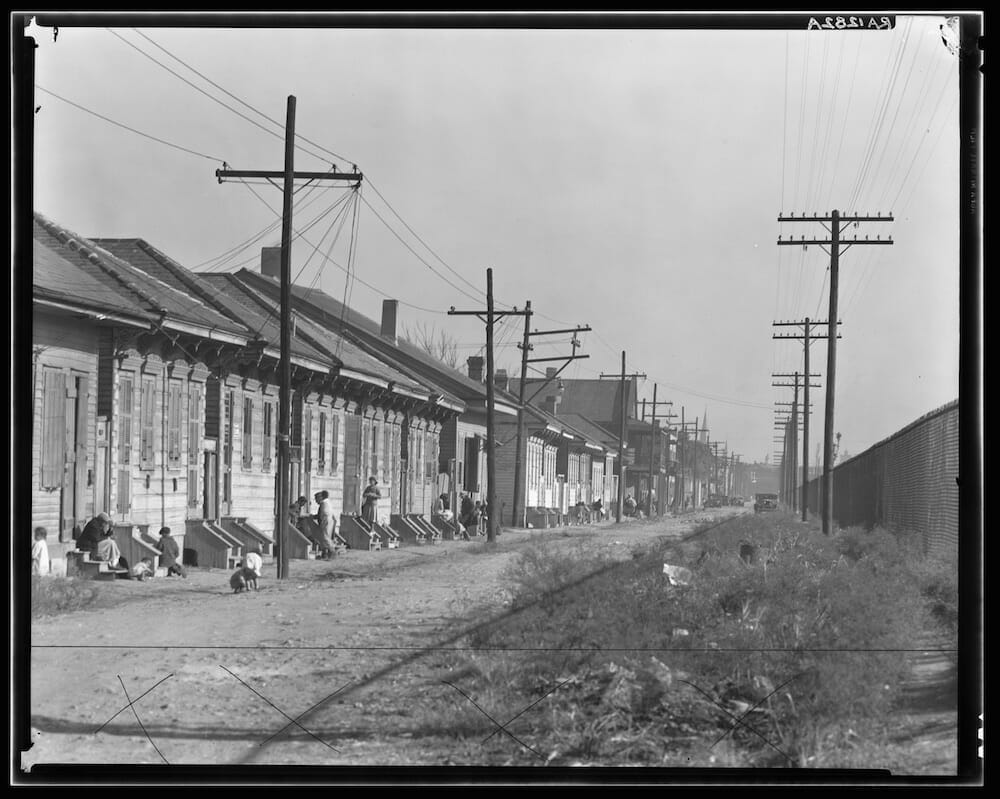
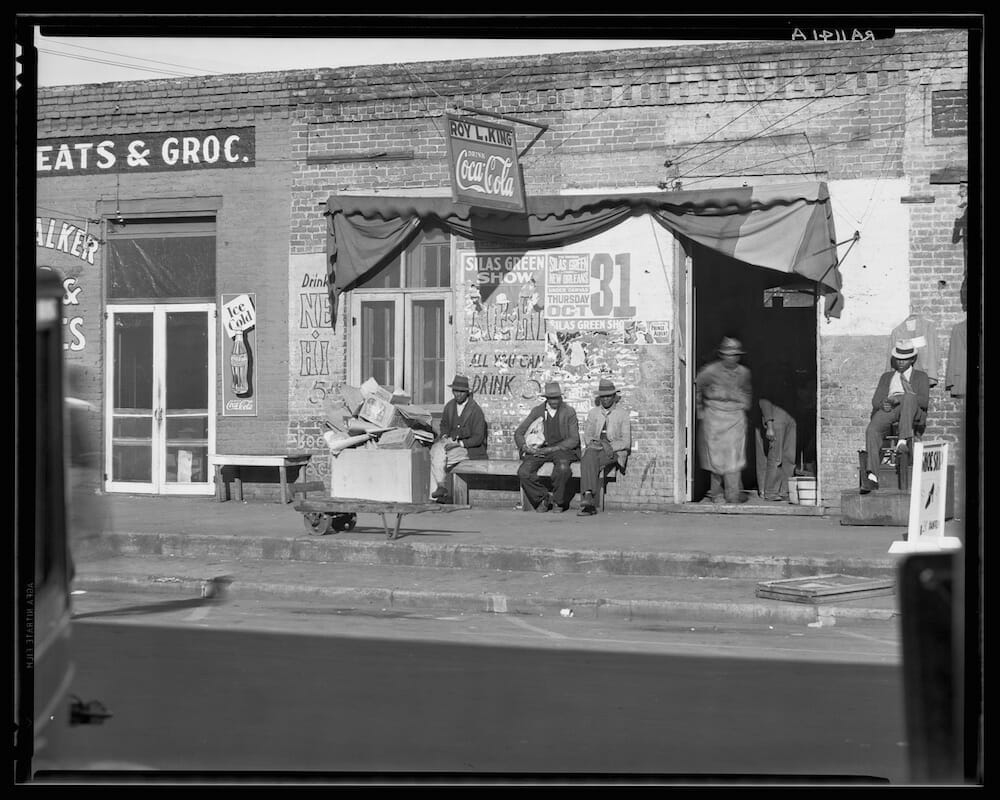

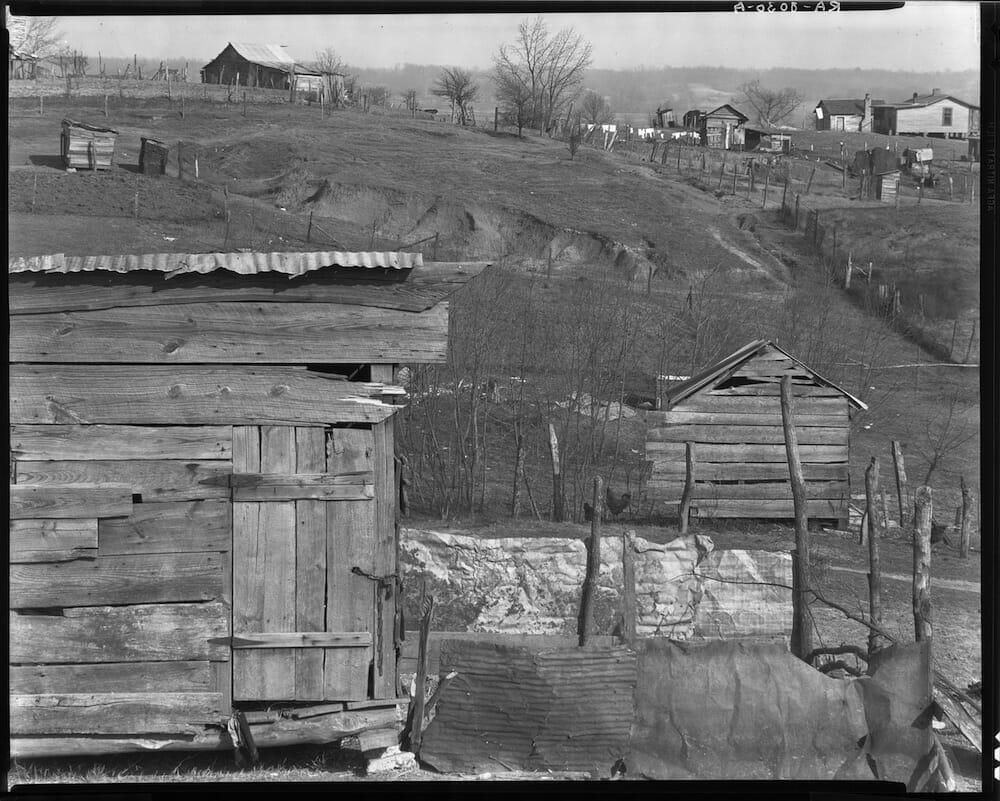
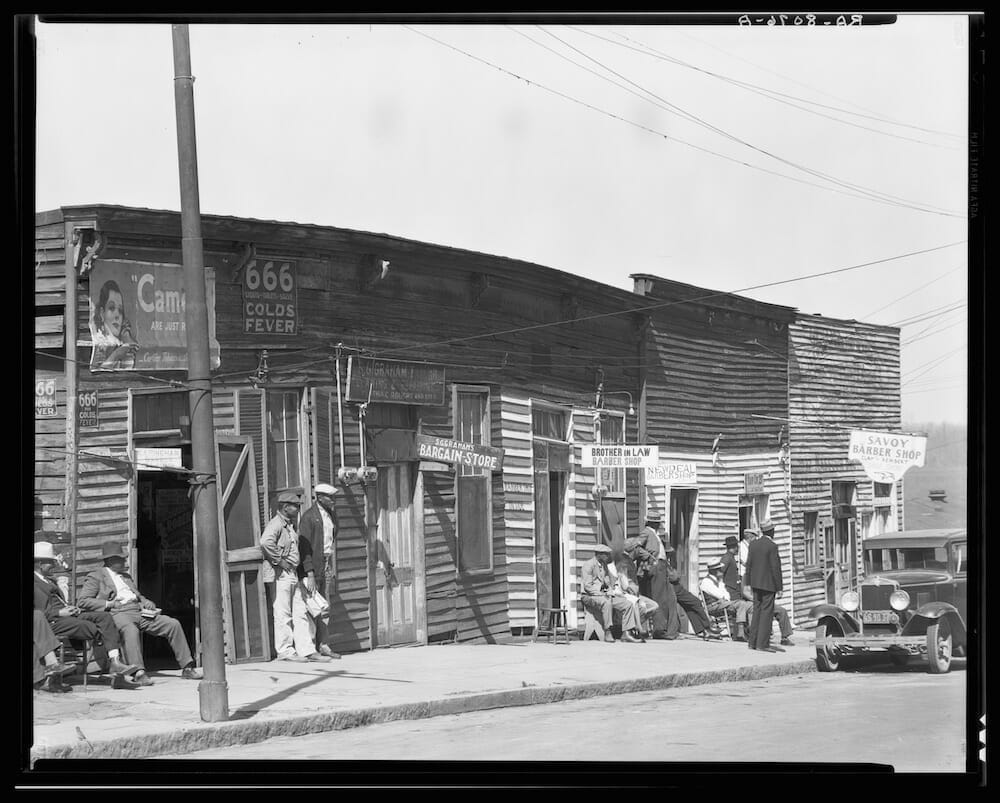
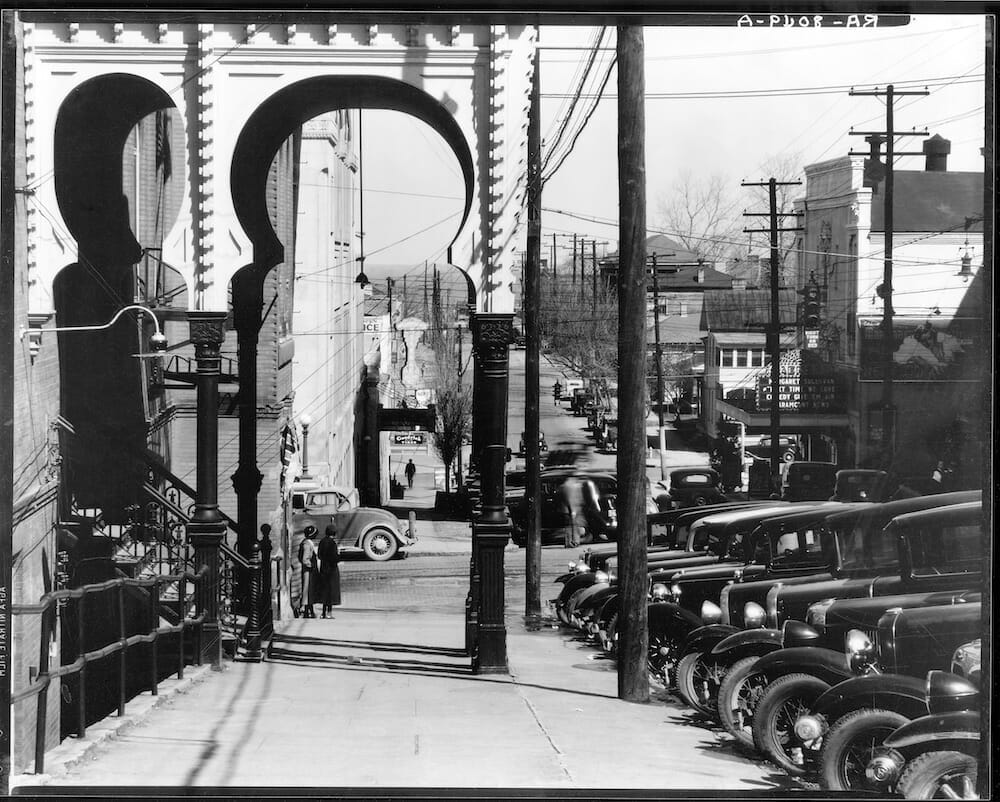
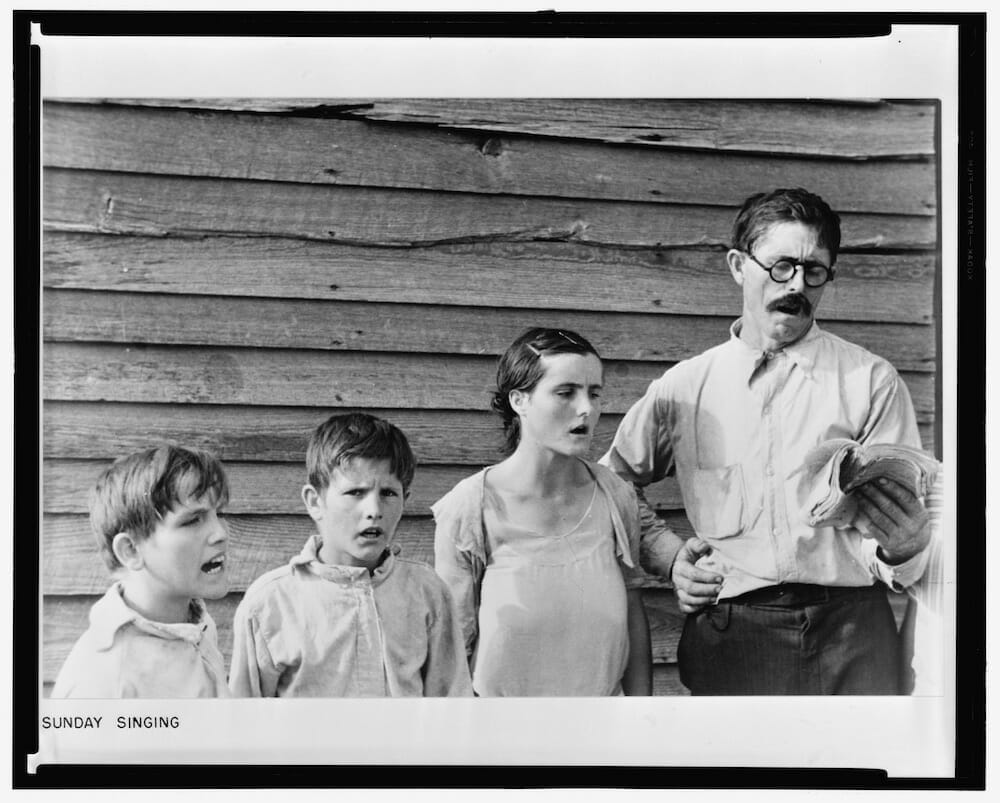
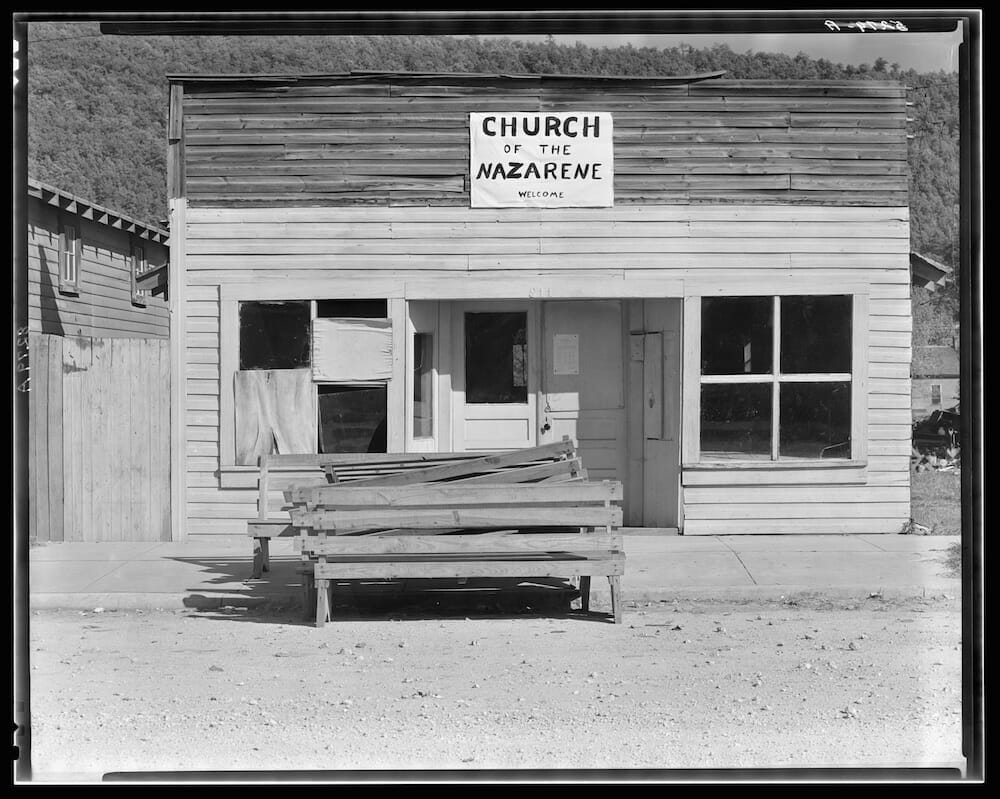
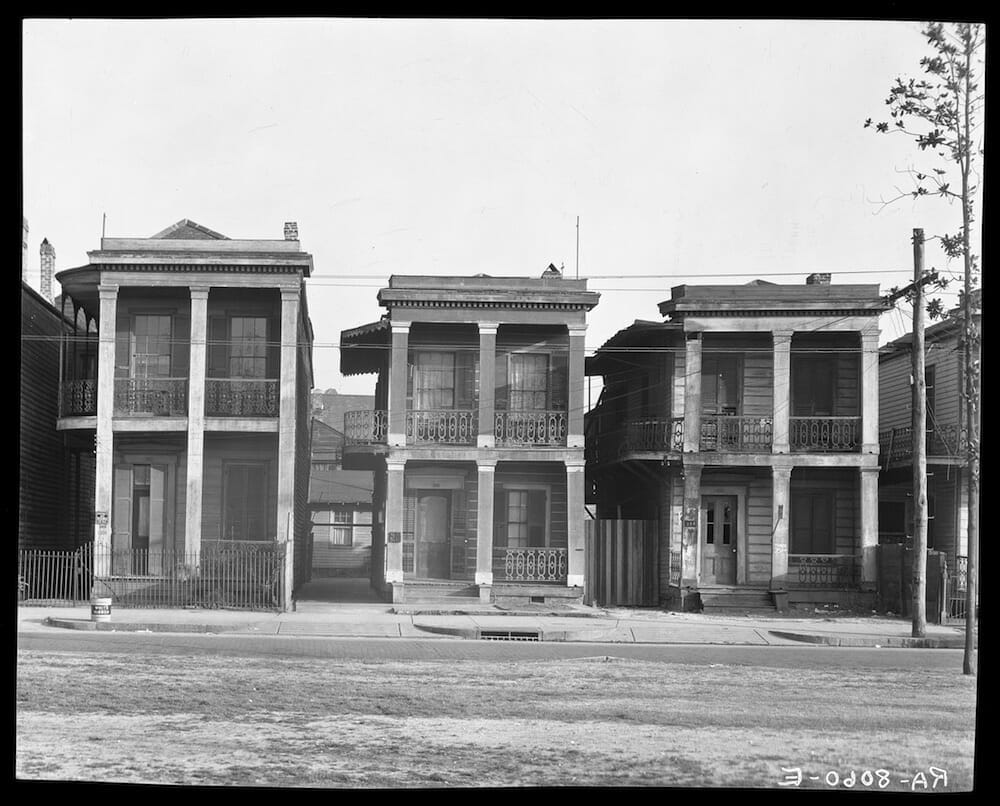
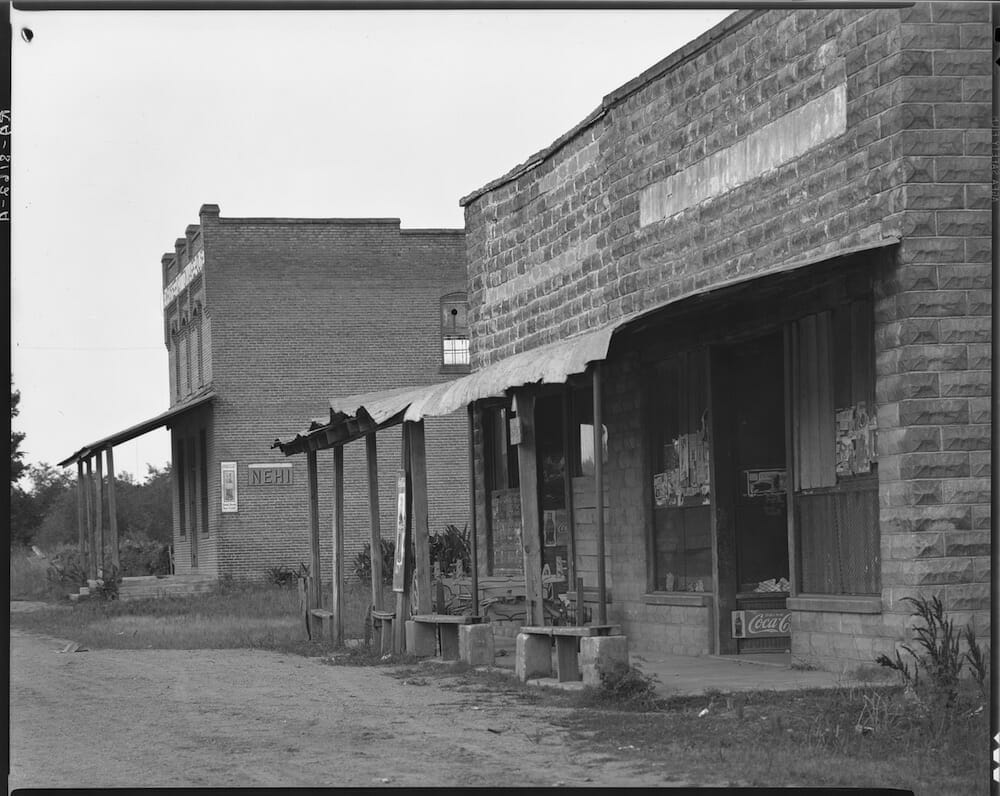
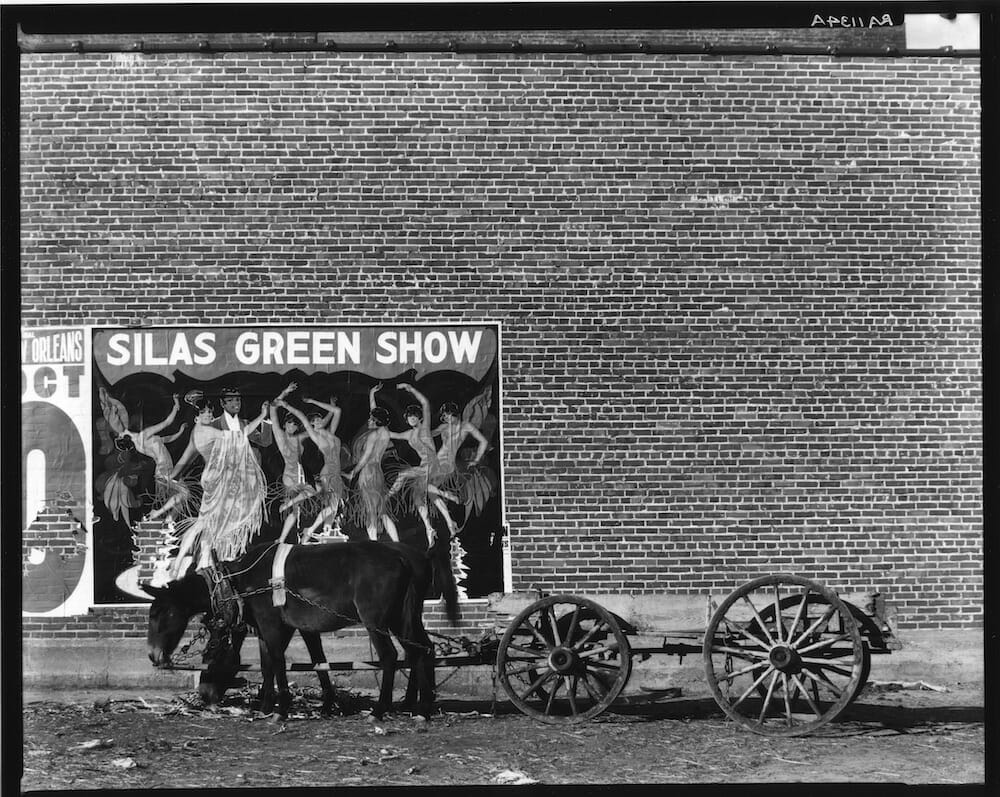
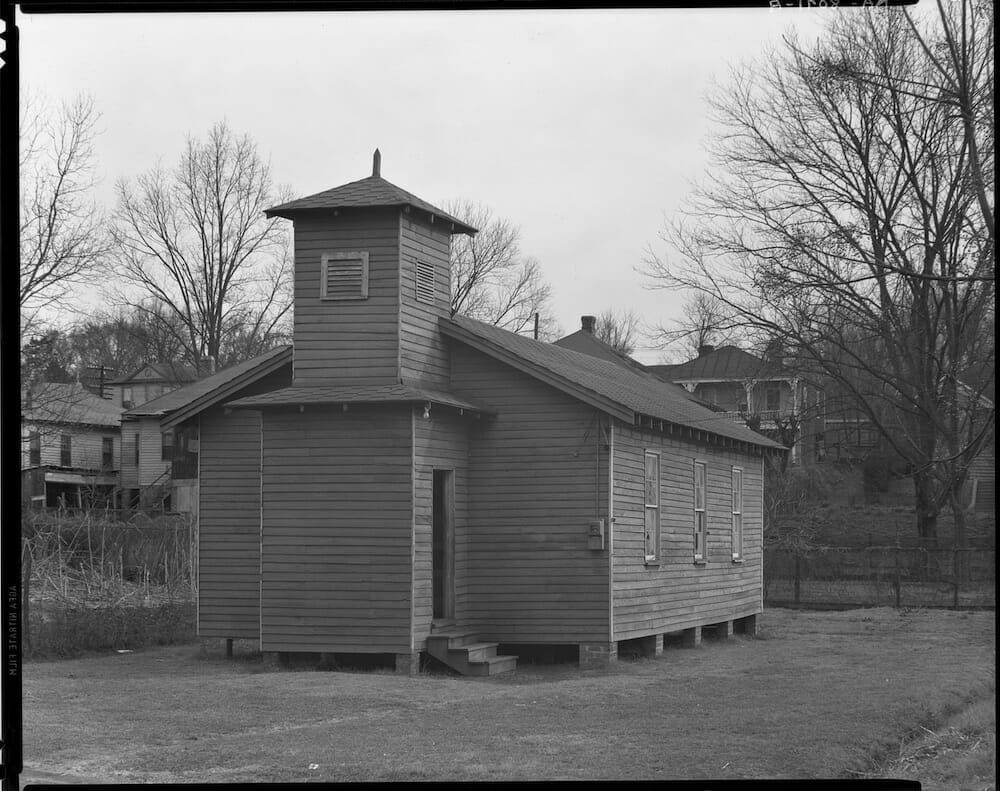
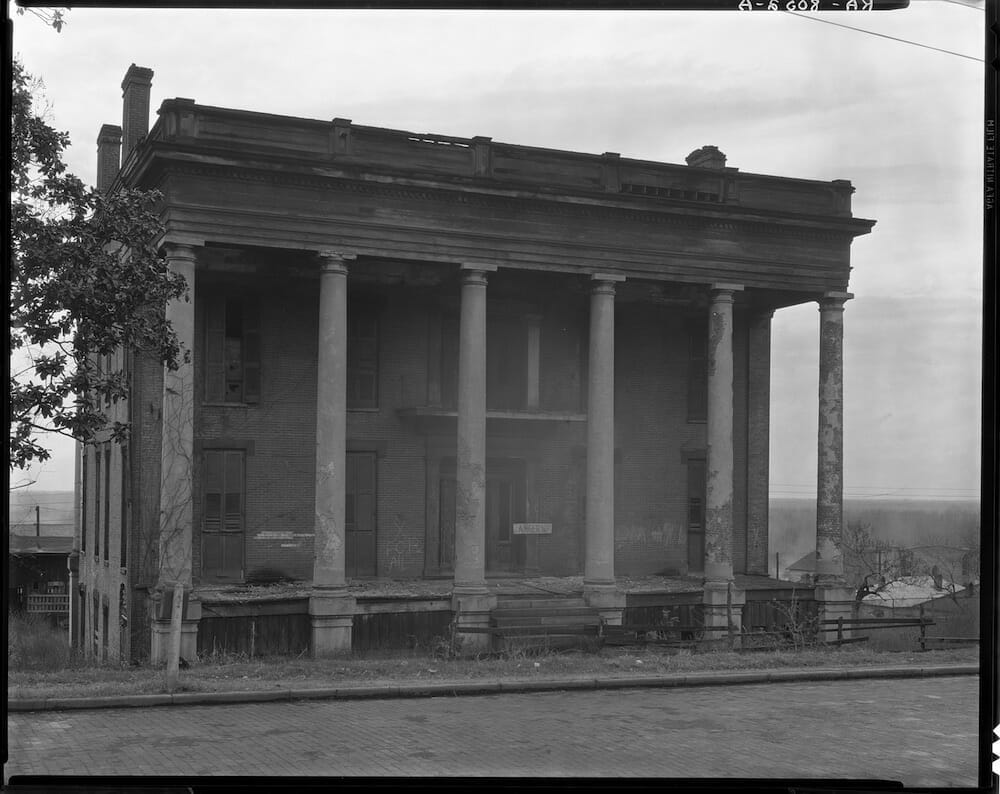

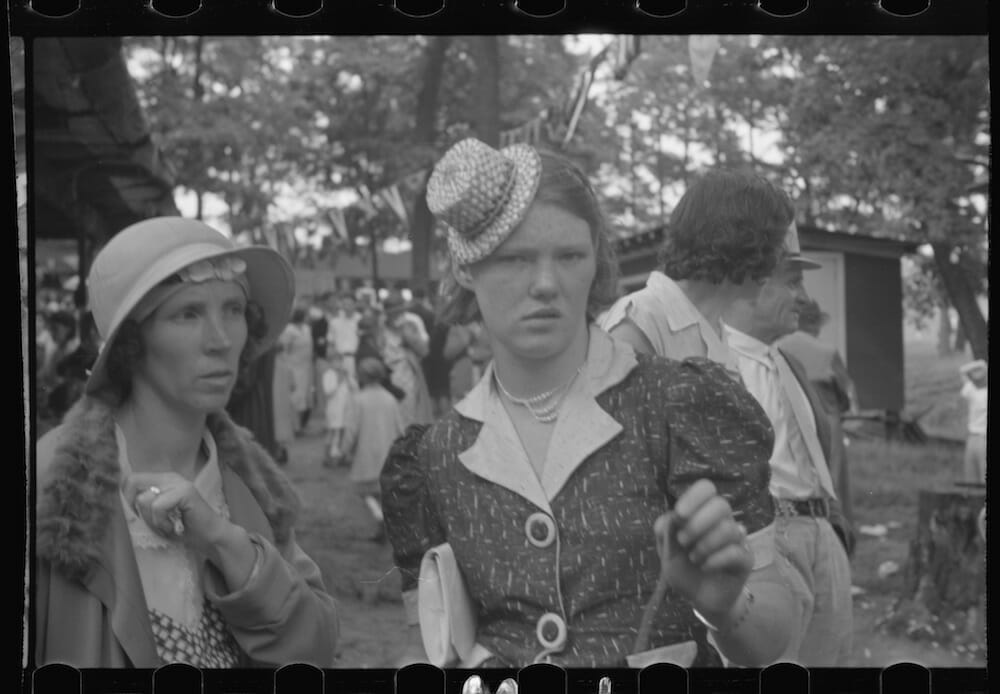

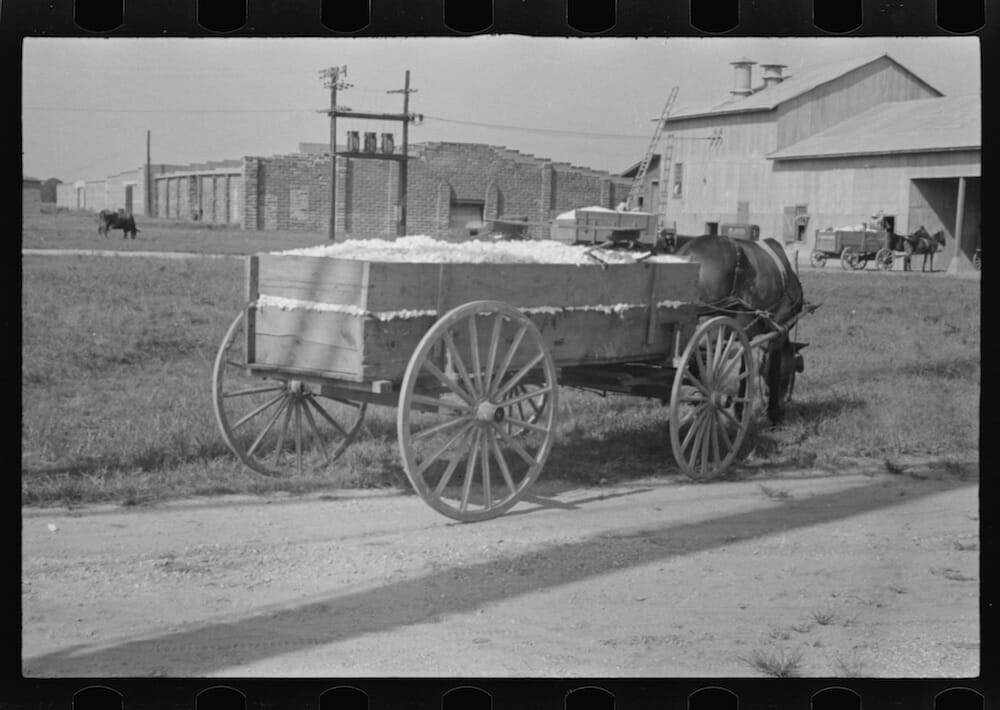

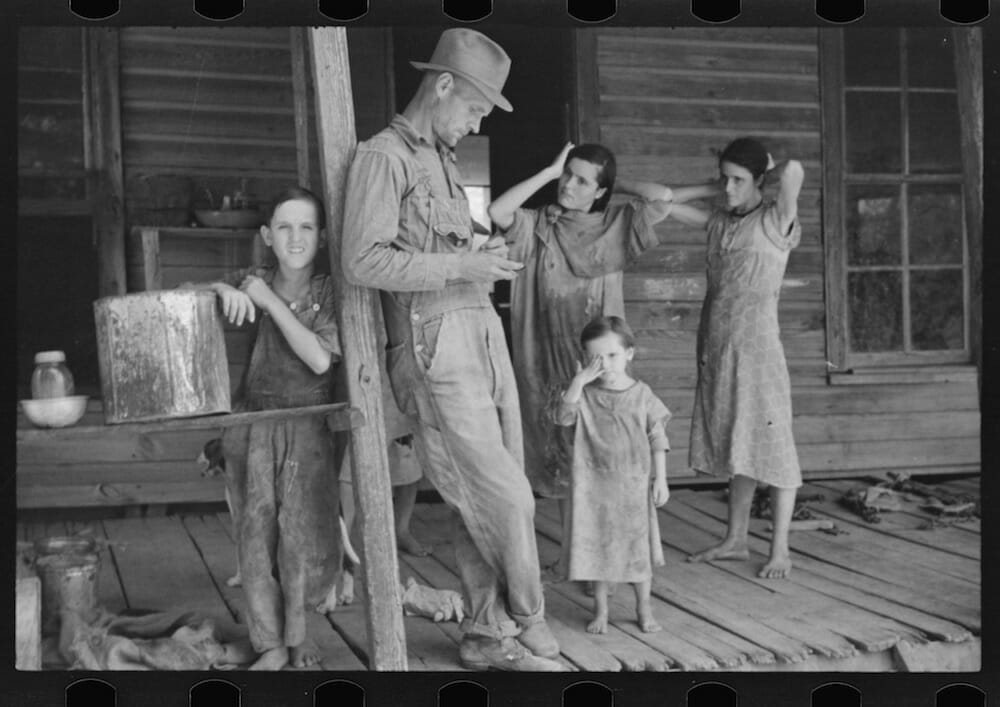
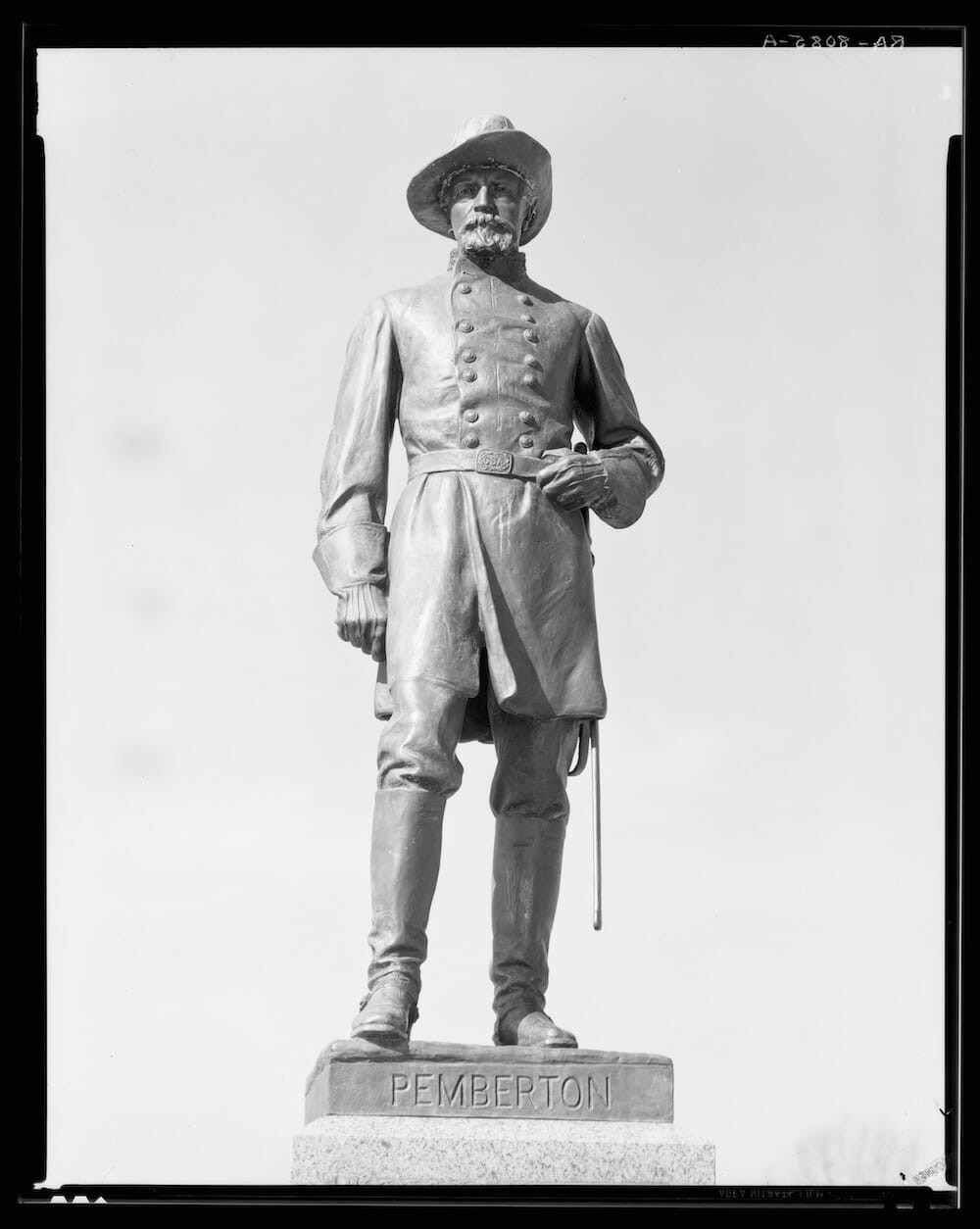
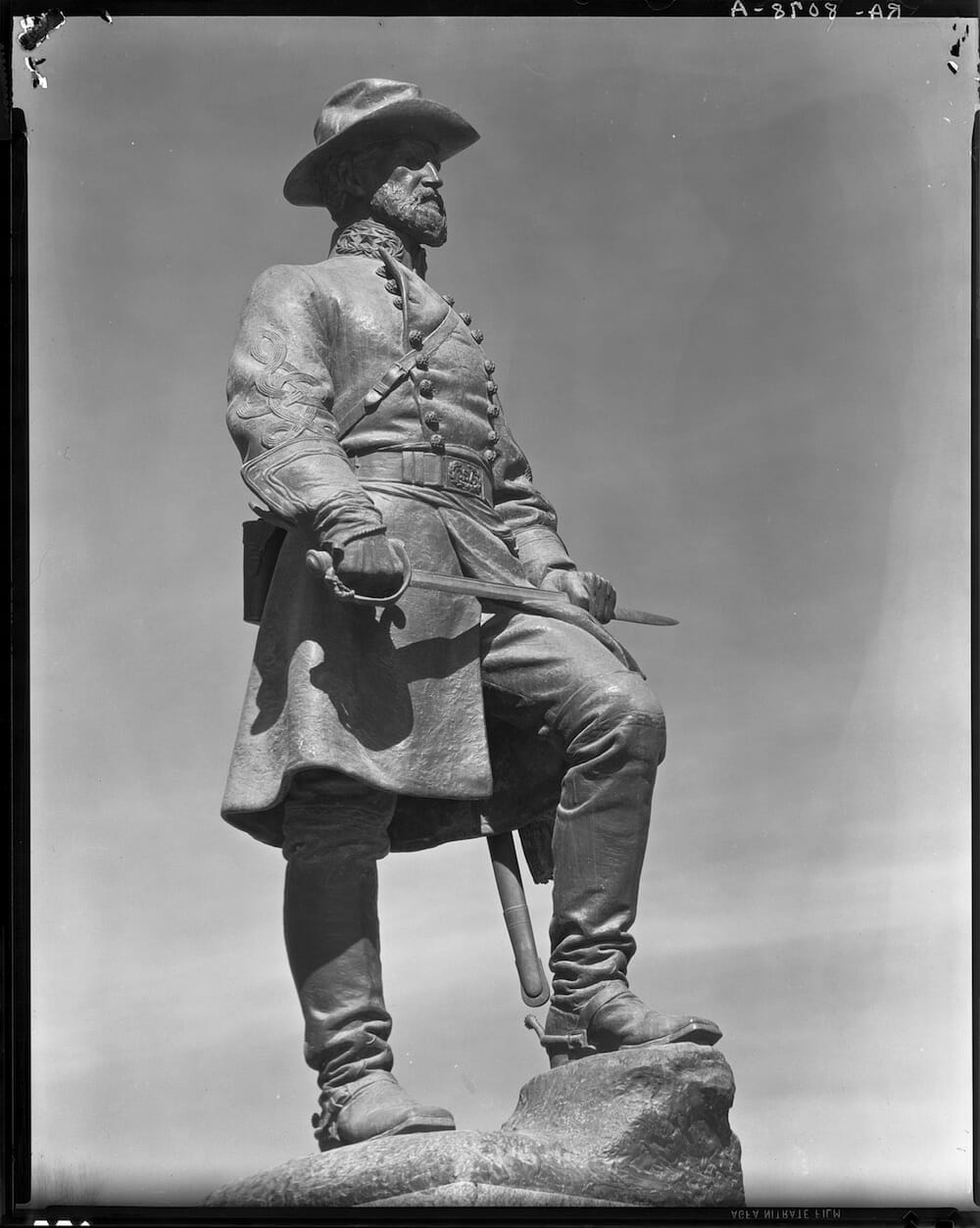
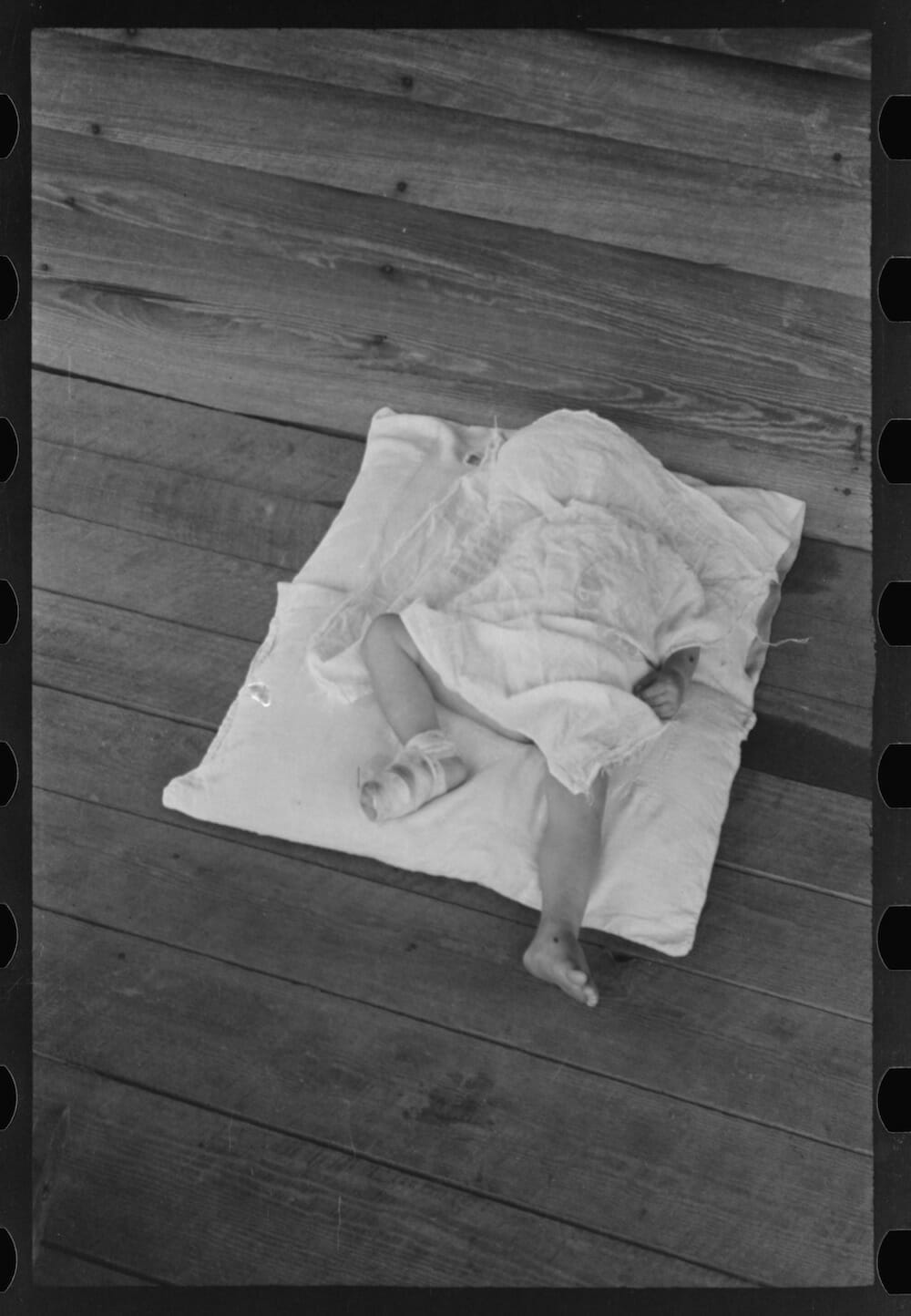
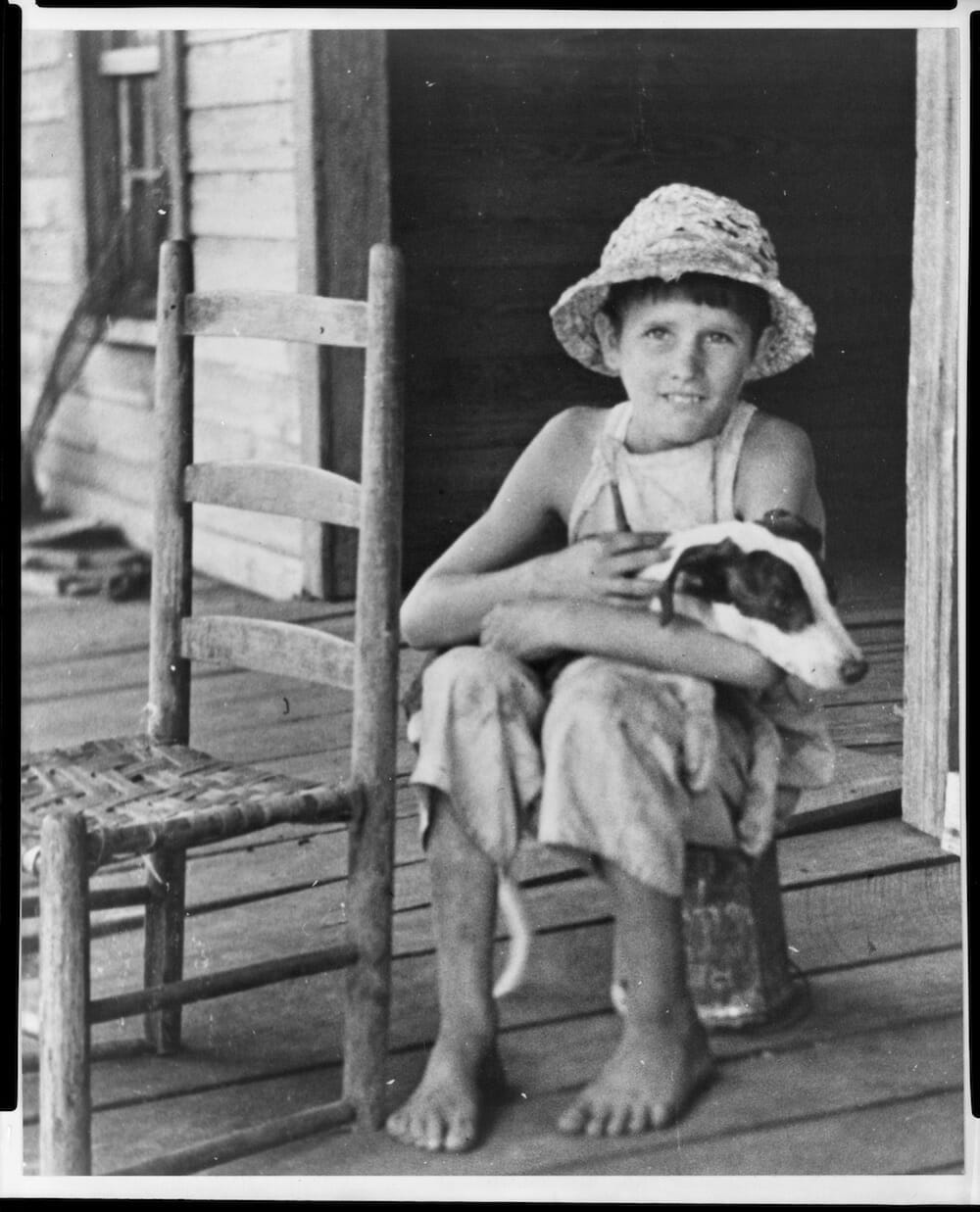
![Pl-98_Alpers_LC-USF342- 008243-A-A [P&P] LOT 1604 WALKER EVANS STARTING FROM SCRATCH](https://ecr8wtj9nf4.exactdn.com/wp-content/uploads/2020/10/Pl-98_Alpers_LC-USF342-008243-A-A-PP-LOT-1604.jpeg?strip=all&lossy=1&ssl=1)
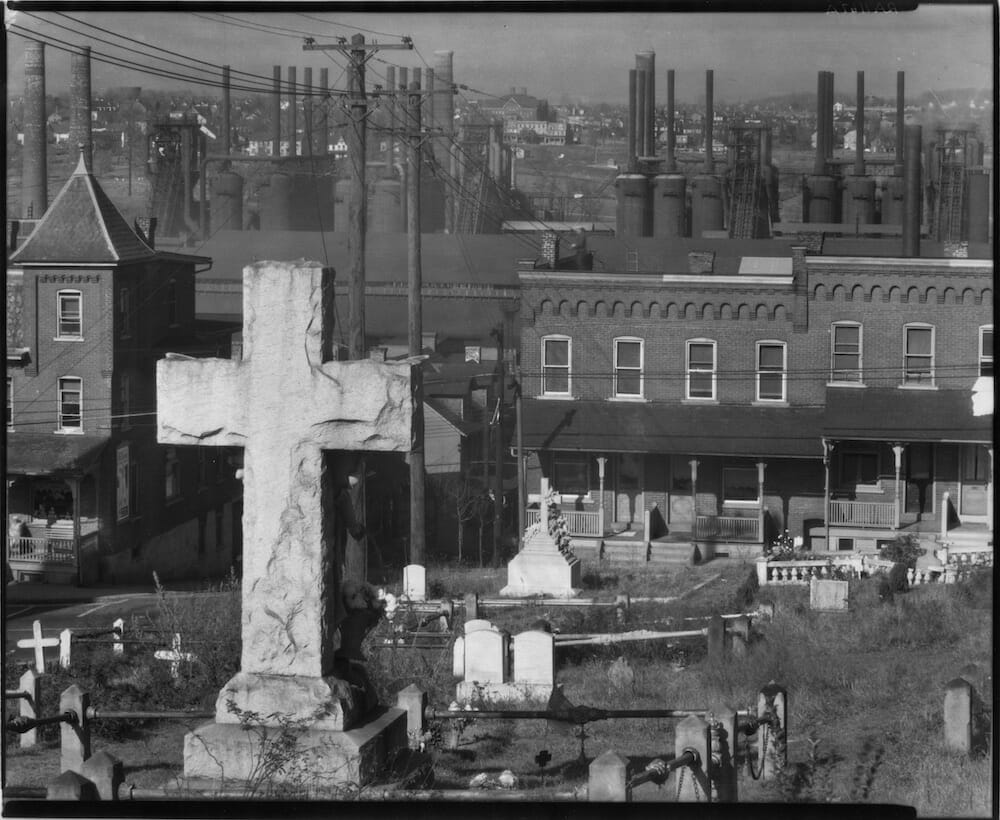
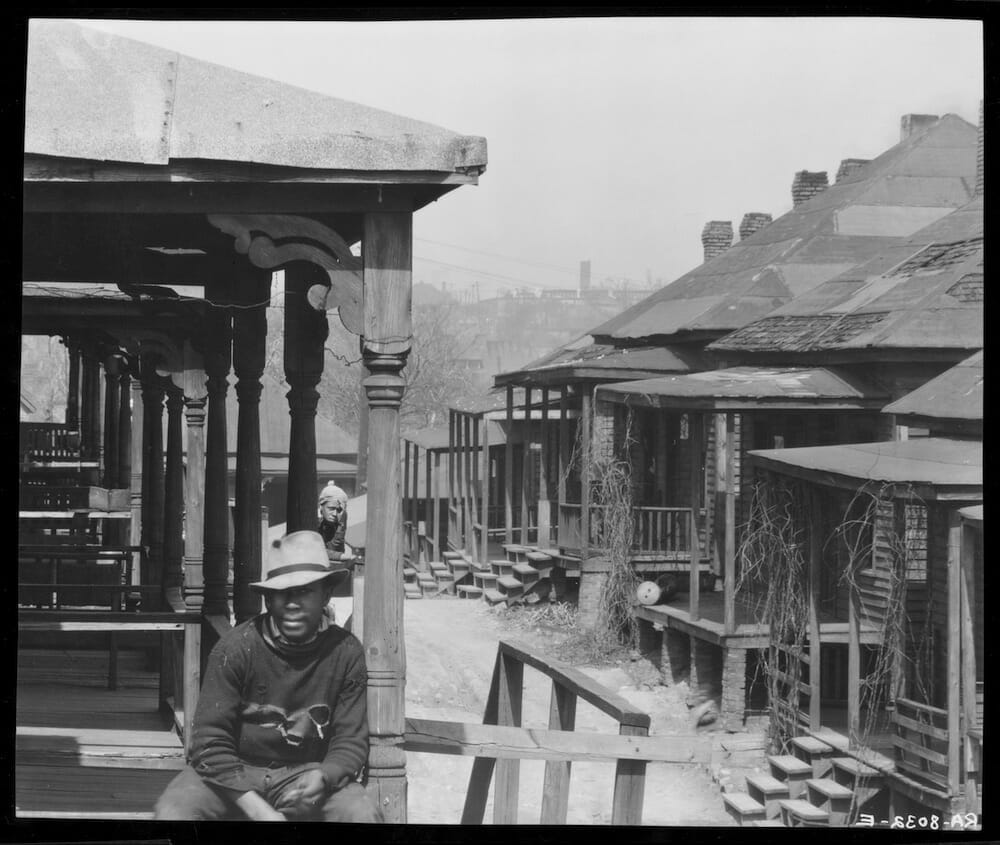


Nominated for Picture This Post BEST OF 2020